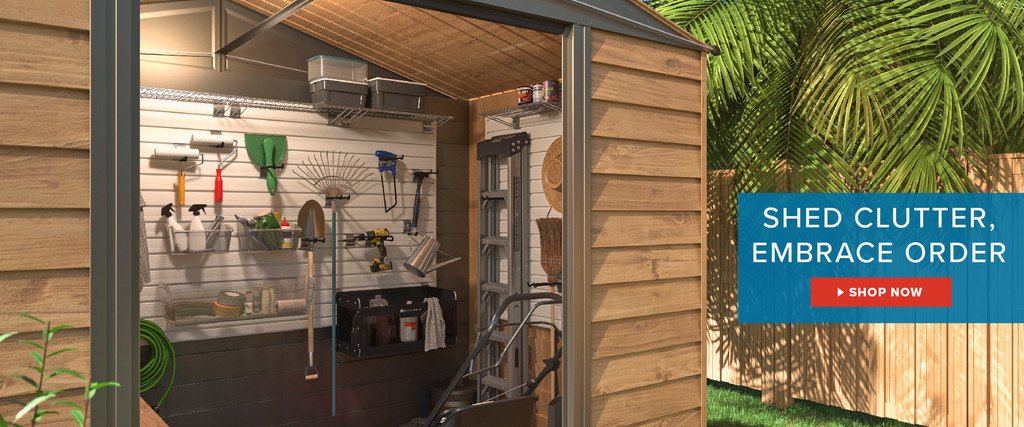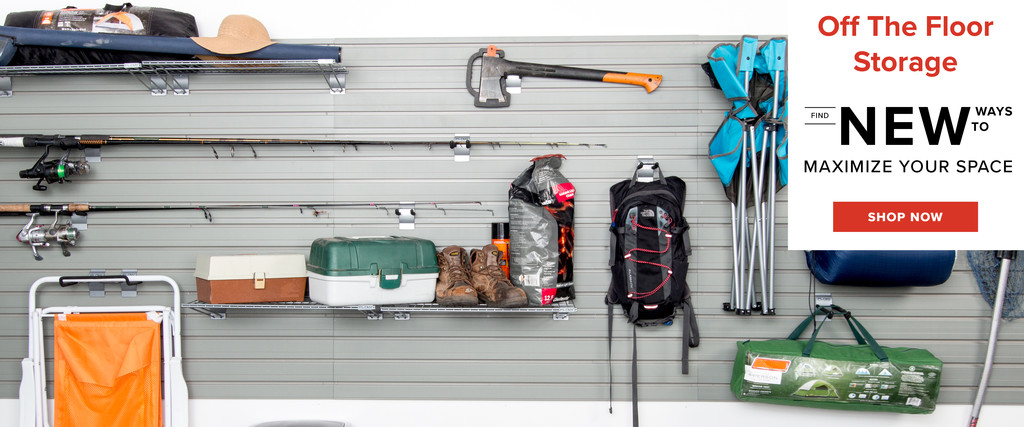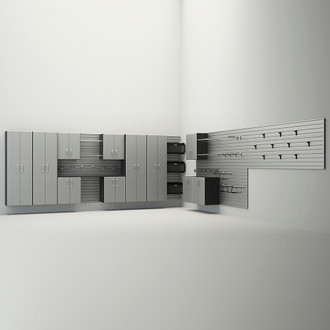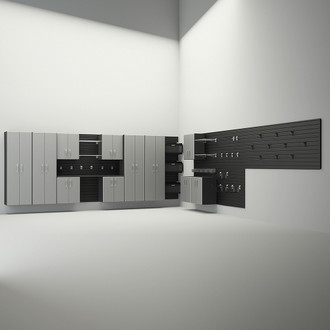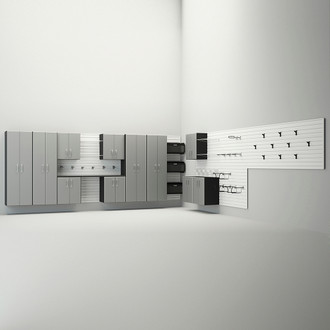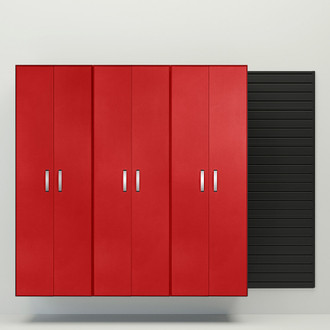Well, your baby is growing up, and those days are over. Now you’re looking at a world where no tiny LEGO or dried bean is innocent—everything in your house could become the next hazard your child tries to eat or stick up their nose.
If this is your reality, you know what it’s time for: childproofing. From your kitchen to your garage, your house needs a serious overhaul. Even though you thought you did all that when the baby came home from the hospital, your baby’s developing sense of curiosity requires you to take things to the next level.
Hey, it's not so bad. At least they aren't teenagers, yet.
Why Worry About Childproofing Cabinets?
So maybe your baby is becoming more mobile and curious, but you really don’t want to go through the hassle of rearranging your whole house. Why worry about childproofing cabinets in the first place?
There are some obvious reasons to childproof, but others are not so clear. Here are a few points about childproofing to consider:
Kids can use cabinets as a ladder to climb onto counters.
Kids love taking things out of containers, meaning you’ll be cleaning up ALL DAY if you don’t childproof.
Even seemingly harmless items could be dangerous to your baby.
You should never leave cleaning supplies or paint within reach of a small child (ingesting them is toxic).
Kids could pull a drawer on top of themselves or slam fingers in cabinets.
Childproof your garage to prevent injury and intoxication when loading up in the car or working on a Saturday.
Having cleaner supplies and hand sanitizers out in the open is a bad idea. Invest in a reliable storage system to create a safer home for your little explorers.
Where to Childproof
All right, we’re willing to bet you’re convinced that child proofing is worth the effort. To get started, look carefully around the house and find places that could be hazardous to your baby. These areas include any place with access to food, chemicals, tools, or items with tiny pieces. Most parents choose to childproof cabinets in the kitchen, bathroom, office, and garage storage area.
But, keep in mind that childproofing may require several phases. Something your baby can’t get into today may become their go-to spot for exploring tomorrow. Childproofing is obviously not a replacement for keeping a close eye on your baby. So watch out for hazards you may have missed, and no zoning out on your phone while your baby is on the prowl.
How Do You Childproof a Cabinet?
Most parents think childproofing cabinets is just about blocking access, but it doesn’t stop there. Your baby is getting smarter and more curious by the day, and like a secret agent, they could eventually crack the code on all of your greatest barricades. All that is to say: a lock is only your first line of defense.
So how do you childproof a cabinet? The first step is to choose the tools that will prevent access (we’ll talk about that later), but the next step is to make the cabinet safer for your child in case they do eventually break in. Make sure you move heavy or fragile items to the back of the cabinet and push all items away from the edge.
And don’t forget to consider what you put on coffee tables and counters, too. Nothing is safe. This is parenthood.

Tools for Childproofing
As any quick internet search will tell you, there are approximately one million tools for childproofing out there these days. Millennial helicopter parents are serious about their childproofing tools. Here are a few popular options.
Tension rod: This option is simplicity at it’s finest. Just grab the type of rod you’d use to hang a shower curtain, then run it through the cabinet handles, from the floor to the top of your cabinets.
Velcro: How do you babyproof a cabinet without handles? Velcro, baby! Secure two sticky Velcro pieces inside the drawer (one on top, one on the bottom), then put two on the opposite side. The strips will stick together when the drawer is closed.
Pull cords: If you have knobs placed side-by-side, use a pull cord to keep them secured down all at once. Babies will have a hard time loosening the cord, but be sure not to leave any long pieces hanging down.
Magnetic locks: Not all cabinet drawers have handles, and magnetic locks can be a good option to keep even the most curious babies out. Just remember that magnetic locks must be hard-mounted.
Latch locks: Latch locks require attaching one side of the lock to the top of the drawer and the other side above the drawer. They’re a popular option for those cabinets without handles due to the ease of installation. (No parent tantrums required!)
When Can You Remove Childproofing Devices?
As all parents know, your baby’s phases fade in and out faster than your favorite viral video. Childproofing won’t last forever, and eventually, you’ll be able to take the locks off and live (a bit) more civilly. So how do you know when it’s safe?
That’s your judgment call, but most parents take off cabinet locks when their child better understands safety and reasoning. This is usually around the ages of four to six. In the meantime, get your home and cabinets ready for a phase of curious exploration!

